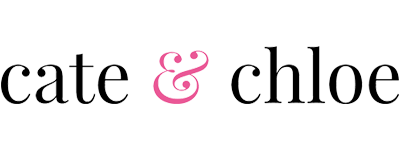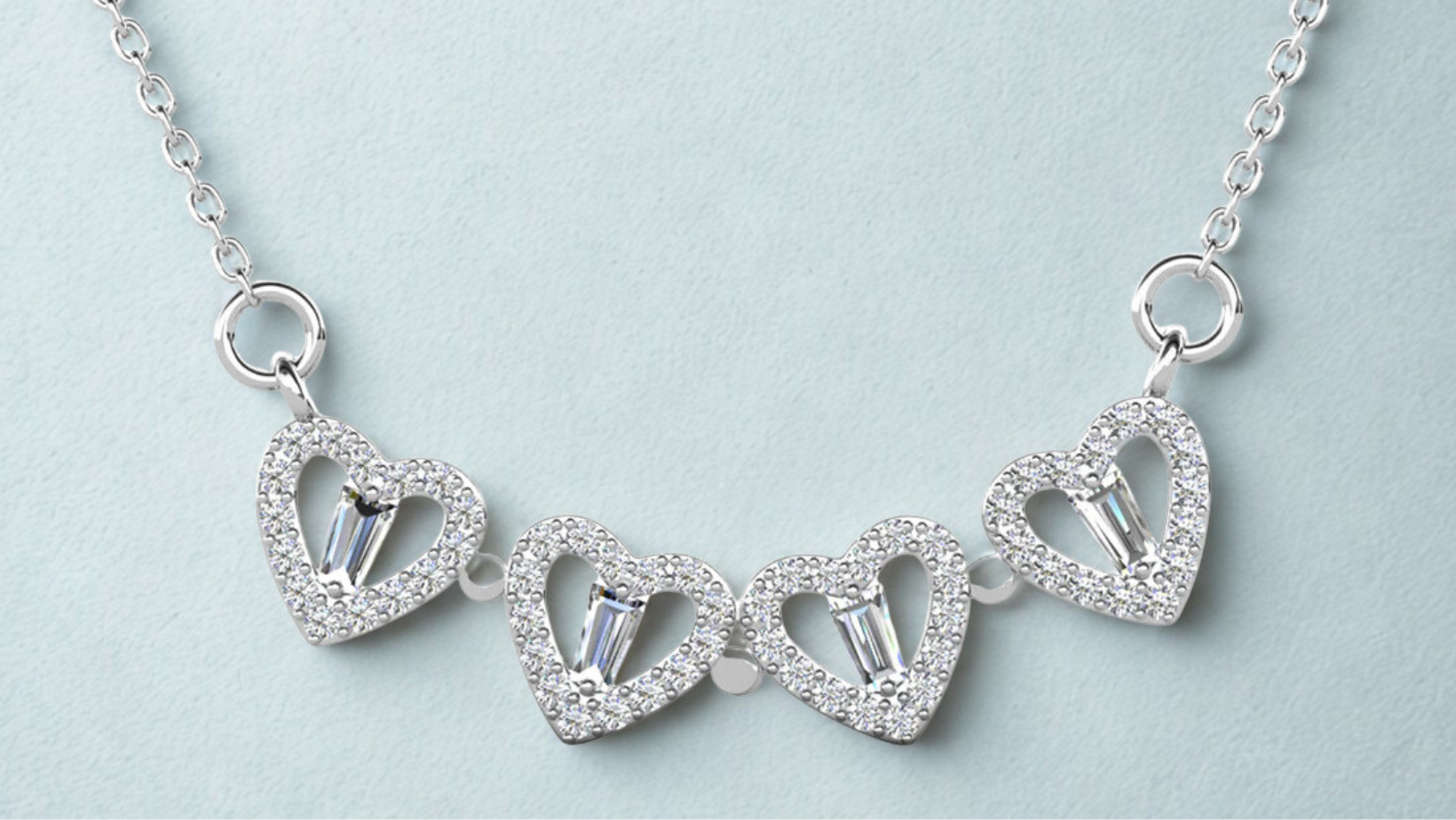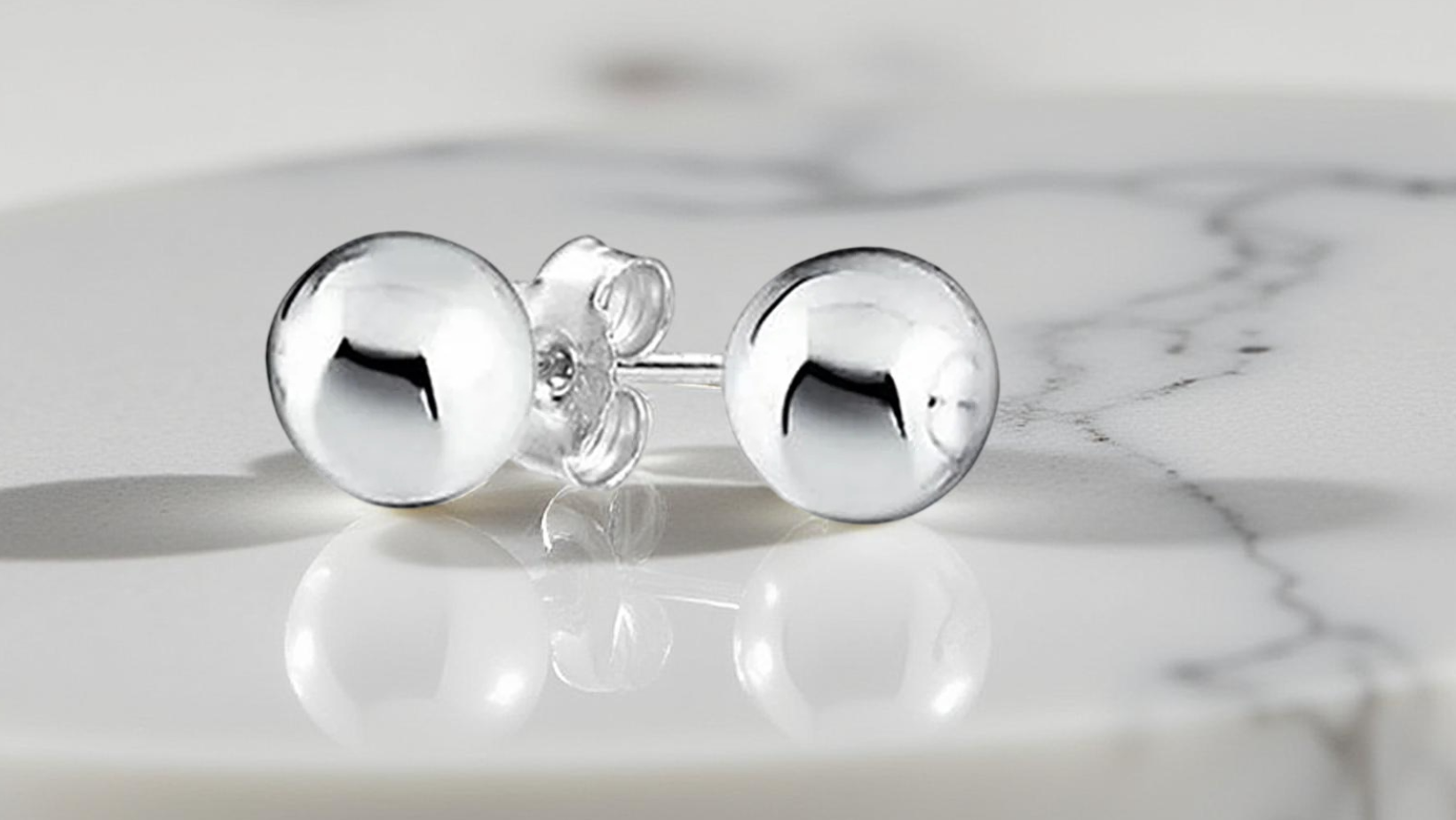Let's do Breast Cancer Awareness Month right #PinkOctober

The Pink October
October is the month of national awareness of breast cancer
The battle against breast cancer is excellent news. Deaths of breast cancer remain decreasing, due to greater awareness and early screening. Research showed that mammography-based breast cancer screening detects cancer early when it is most widely treated.
When you are a woman of any age at high risk for breast cancer, discuss genetic screening, mammography, and measures to minimize the risk of breast cancer, such prescriptions that can lower the risk of breast cancer.
Cate and Chloe believe mammography has significant life potential. We recommend everyone that they should inform their moms, sisters, daughters, and friends about the importance of getting their yearly mammograms.
The Pink Ribbon Story!
The first breast cancer survivor program was introduced at the Komen National Race for the Cure in 1990. The famous ribbon and color are the official sign of dedication and awareness in October's worldwide fight against breast cancer. Organizations and individuals engaged in the cause utilize this as hope for the future and honor the deceased people. In sympathy with those who now suffer from it, the ribbon connects individuals from every background.
Why Is it vital to detect Breast Cancer?
According to medical texts, the only solution to escape cancer is to not be born. This emphasizes the fact that the illness must be identified as soon as feasible in the battle against breast cancer. The major reason Cate and Chloe promote awareness is that breast cancer is treatable if discovered at an early stage. Without the accurate information surrounding it, women would not go for a checkup and could end up disregarding the indications.
We believe that this is our time to rise and do even more to push every limit to support women and empower them through this malicious health issue as we can do everything to conquer it together!! C&C supports the women who’re suffering and believes ample amount of affection is an important part of breast cancer survivorship.
Existing Factors of Risk
History of the family
The chance of acquiring this disease is highest for women with close relatives who have been diagnosed with breast cancer. Your risk is twice if you have a family with a first-degree breast cancer diagnosis in the woman.
Age
Your risk of breast cancer increases while you become older, like with many other diseases. In women 55 and older, there are approximately two out of three invasive breast cancers.
Obesity
Overweight and obese women have greater risks than women who keep a healthy weight, particularly after menopause, of being diagnosed with breast cancer. The chance of breast cancer returning in women with the illness may also rise by being overweight.
The Menstrual Cycle
The risk of breast-related cancer is greater for women who have started menstruating younger than age 12. The same goes for women who are over the age of menopause.
To be a Woman
Being a woman is the most important risk factor in breast cancer development. Invasive breast cancer has been reported for some 266,120 new cases and American women have 63,960 this year.
How to detect Breast Cancer at home?
1) While Bathing
Check the whole of the breast and armpit with mild, medium, and hard pressure on the pads/flats of your 3 middle fingers. Check for lumps, thickenings, stiffened knots, or any other breast changes in both breasts every month.
2) Glance in the Mirror
Check your breasts on your sides visually with your arms. Raise your arms high above your head.
Look for any shape changes, swelling, skin dimpling, or nipple alterations. Then rest your hands on your hips and push your chest muscles tightly. Right and left breasts won't match, so few women's breasts will, especially on one side, seek any dimple, puck, or change.
3) Lie Down
The breast tissue spreads uniformly over the chest wall when it lies down. Put your right arm behind and pillow under your right shoulder behind the head. Put the pads of your fingers softly across the whole breast region and underarm using your left hand.
Press lightweight, medium, and firm. Check discharge and lumps. Squeeze the nipple. Repeat your left breast with these instructions.
"40% of breast cancer diagnoses are identified by women who acknowledge lumps in their breasts, therefore it is very important to have a periodic self-examination."
Stress Resilience
There are several distinct sources of stress in people with breast cancer diagnoses but then every problem has its solutions so let’s hop onto the positive alternatives which can be focused upon to kick start.
Clear your thoughts
One typical reason people don't practice the stress relievers described above is that they feel they don't have enough time. Stress frequently makes the brain feel overloaded and time-pressed. Fortunately, it takes only a few minutes to clear the mind and take a deep breath and from wherever you go. Meditation may considerably alleviate tension at the beginning of the day, by shower, at lunch, or before the night.
Get some fresh air
It may be quite soothing and rejuvenating to get fresh air and a dose of greenery. Not surprisingly, numerous research finds that the vast open-air is a fantastic cure for melancholy, anxiety, and tension. Nature's serenity counteracts continual stimulus and therefore lightens tension in everyday life!
Talk about it
Stress produces mountains from molehills sometimes. When the brain is overburdened, it can be particularly difficult to de-stress. Try to chat with a loved one or in the mirror. The brain can assist properly handle unpleasant ideas openly.
Exercise
Physical activity is a beneficial method to deal with daily stress among breast cancer survivors. Regular practice (such as yoga) can help decrease tension and anxiety and give your body a feeling of control.
You don't have to perform many workouts to make a difference. Even simple things such as walking or yoga can enhance the quality of life. Physical activity may also alleviate tiredness.
Breast Cancer Support Groups
Many people with breast cancer diagnosis develop their support systems and reinforce them via joining a supporting group.
Social assistance could be available to people who have breast cancer. Social support may enhance your quality of life, regardless of whether it is informal assistance from families and friends or more formal help from a group or individual treatment. Survivors of breast cancer with greater social support tend to survive emotionally better than those with limited support.
Raising awareness about any disease is very necessary, especially regarding the ones that can become fatal. Doing so requires some serious dedication and allotment of time. You can follow the aforementioned tips to get an idea about the things you can do to achieve this.
All in all, C&C suggest screening is the search, even if they have no symptoms, for symptoms of breast cancer in all women. The screening objective is to detect early malignancies. Cancers in the early stage are easier to treat than cancers of the later stage and have an increased probability of survival. We support routine breast cancer screening which reduces one's chance of breast cancer death. Prevention is always better than cure they say and here we go by this saying!!!
We are doing our bit to raise breast cancer awareness and hope by our PINK COLLECTION so lets come together and honor womanhood!! Go check out Cate and Chloe for this worthwhile offer now!!
It is also important that you feel all your emotions and not be "perfect" just because you seek support. "We would advise you not to feel in a particular manner"










Leave a comment